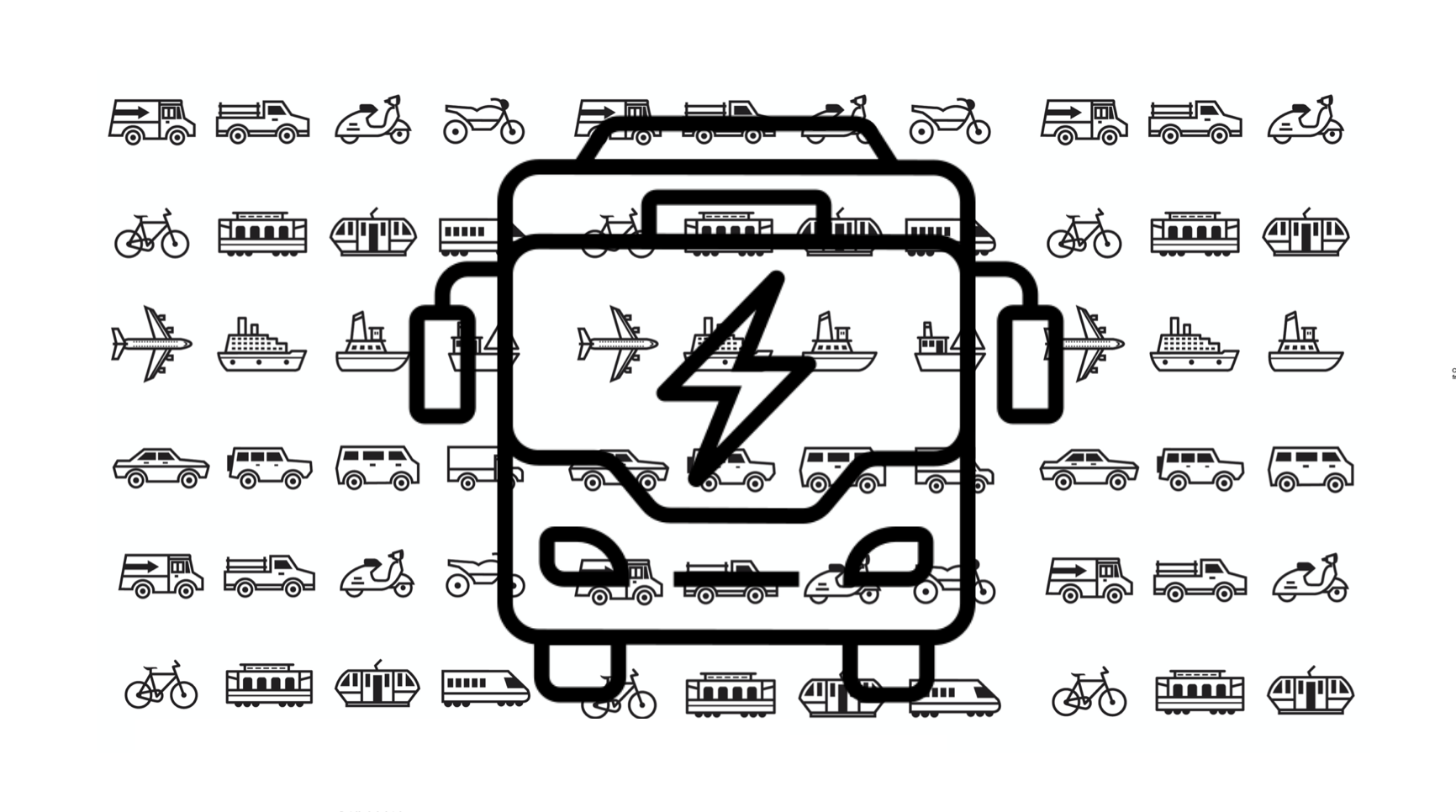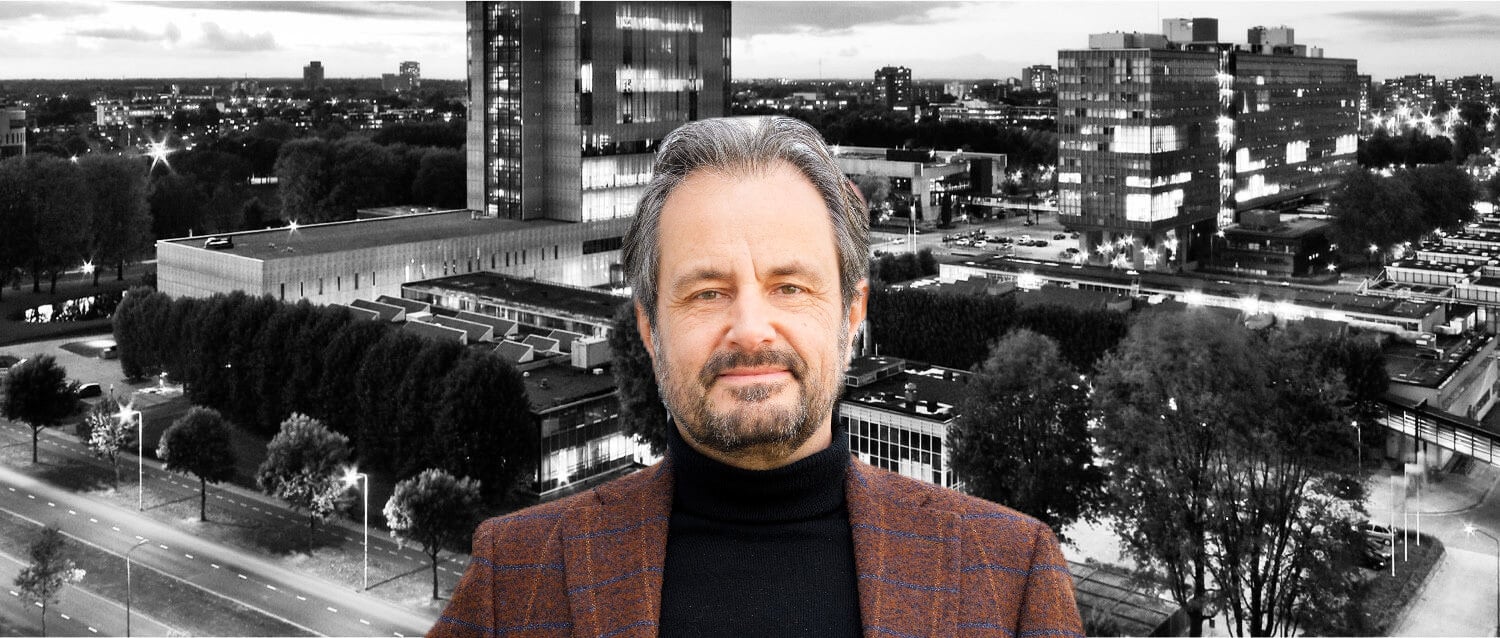
The Netherlands is once again leading the way in mobility: in no other European country is the electrification of city buses going as fast as it is here. In 2020, more than 80 percent of new city buses were fully battery-electric. The fact that things are suddenly moving so fast is mainly because the total operating costs of an electric bus have become lower than those of a diesel bus much sooner than expected. This is due, among other things, to less maintenance, low energy costs, longer service life, and the declining purchase price, a direct result of ever-cheaper batteries. In fact, this is the same list that is making the breakthrough of the electric car irreversible.
But perhaps even more important is the rapidly increasing range. Just a few years ago, the first electric city buses had to recharge somewhere during the day and diesel heaters were still needed to keep the bus warm in winter. Meanwhile, both Ebusco and VDL, two major Dutch electric bus manufacturers, are offering buses with a range of 500 to 600 kilometers. That makes interim charging unnecessary, even for regional transport.

The longer range may well increase the role of the battery-electric bus in public transport enormously. A first victim will be the trolleybus, which in the Netherlands can only be found in Arnhem. The complex and expensive overhead lines will soon be completely unjustifiable, even with all sorts of ambitious Trolley 2.0 plans. The rise of the hydrogen bus will also be smothered by the cheaper and, above all, much more fuel-efficient battery-electric bus.
But the takeover path of the electric bus in the public transport landscape may well go much further than simply replacing other buses. I once said, a little too boldly, that it would be an idea to asphalt up all the railway tracks in the Netherlands, and then let buses do the job more cheaply, more cleanly, more quietly, more effectively, and more reliably. That is perhaps going a bit far, but certainly, in the case of local or regional rail, there is nothing that beats an electric bus. If the same reserved track, with similar wide curvature, is laid out for such an express bus system, it will run just as comfortably and there will be little or no need to sacrifice transportation capacity. Regional train lines and the somewhat strange and undefined phenomenon of light rail will also be very difficult to justify against electric buses on reserved asphalt lanes. No light rail is as light as no rail at all.
A few years ago Flixbus even tried to serve much longer connections with an electric coach. After numerous technical problems, this proved to be somewhat premature, but in the long run, it will offer a better system than the current coach or international rail. Especially now that a consortium of truck manufacturers recently announced the rollout of a fast-charging network for trucks, battery-electric passenger transport is literally becoming limitless.
It is great that we in the Netherlands are leading the way not only in the use but also in the production of electric buses. But above all, these buses help to make public transport even cleaner and more economical, while keeping it affordable.
Maarten Steinbuch and Carlo van de Weijer are alternately writing this weekly column, originally published (in Dutch) in FD. Did you like it? There’s more to enjoy: a book with a selection of these columns has just been published by 24U and distributed by Lecturis.

